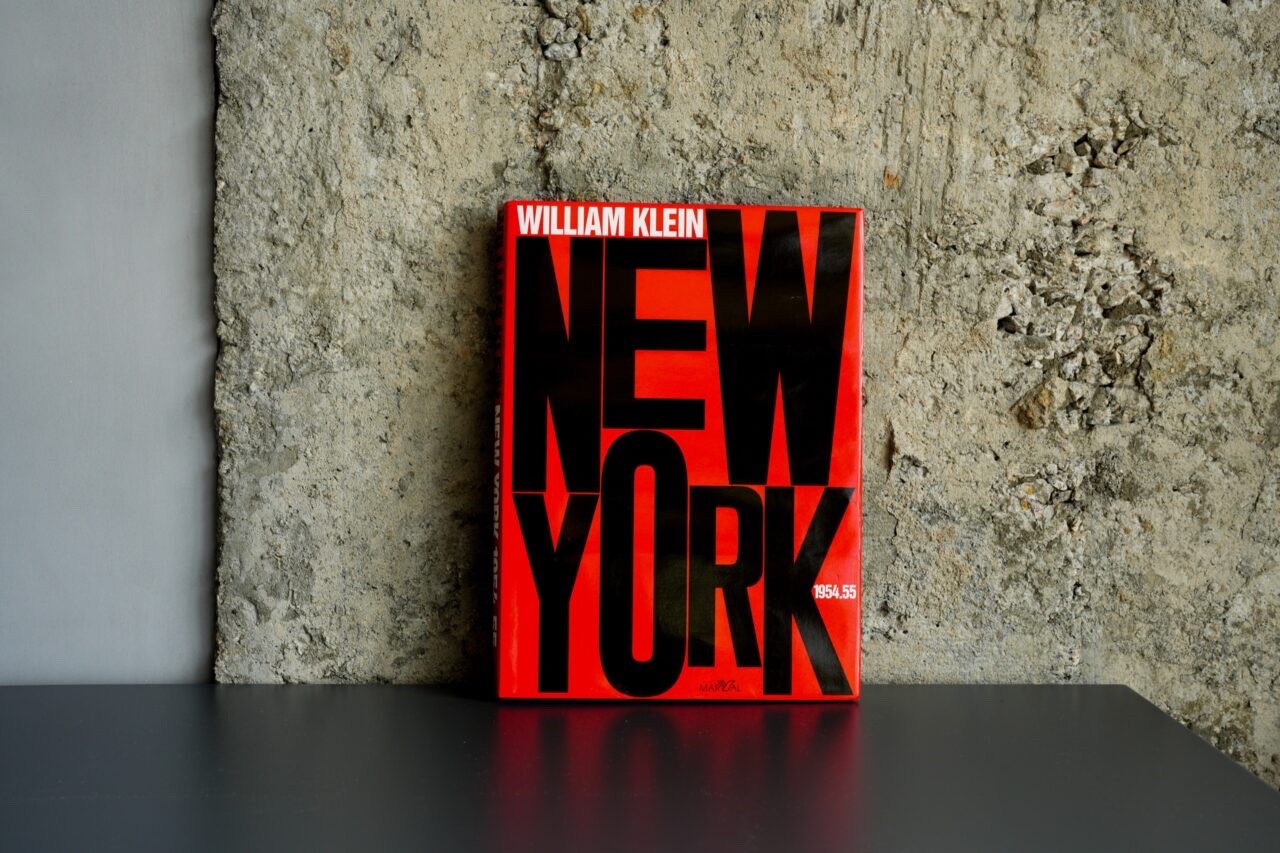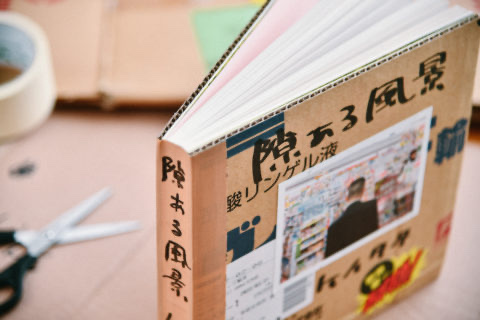
尚盧高達、三宅一生、中島英樹、伊莉莎白、一行禪師。這是奇怪的一年。一些名字被提起,被忘記,然後另一個名字又被提起。像一個神秘的點名儀式。
四年前,我在電影院看尚盧高達《影像之書》。高達的沙喉聲說:「手有五隻手指頭,五個感知。」電影海報是施洗約翰的手。在黑暗中,指著上方。
那時開始我留意手。山本耀司拿著剪刀的手、海明威敲著打字機的手,莫迪利亞尼鑿刻石頭的手。相比臉,手更貼近他們的真實形象。
我又想起按快門的手,拉過片桿的手,威廉克萊茵的手。
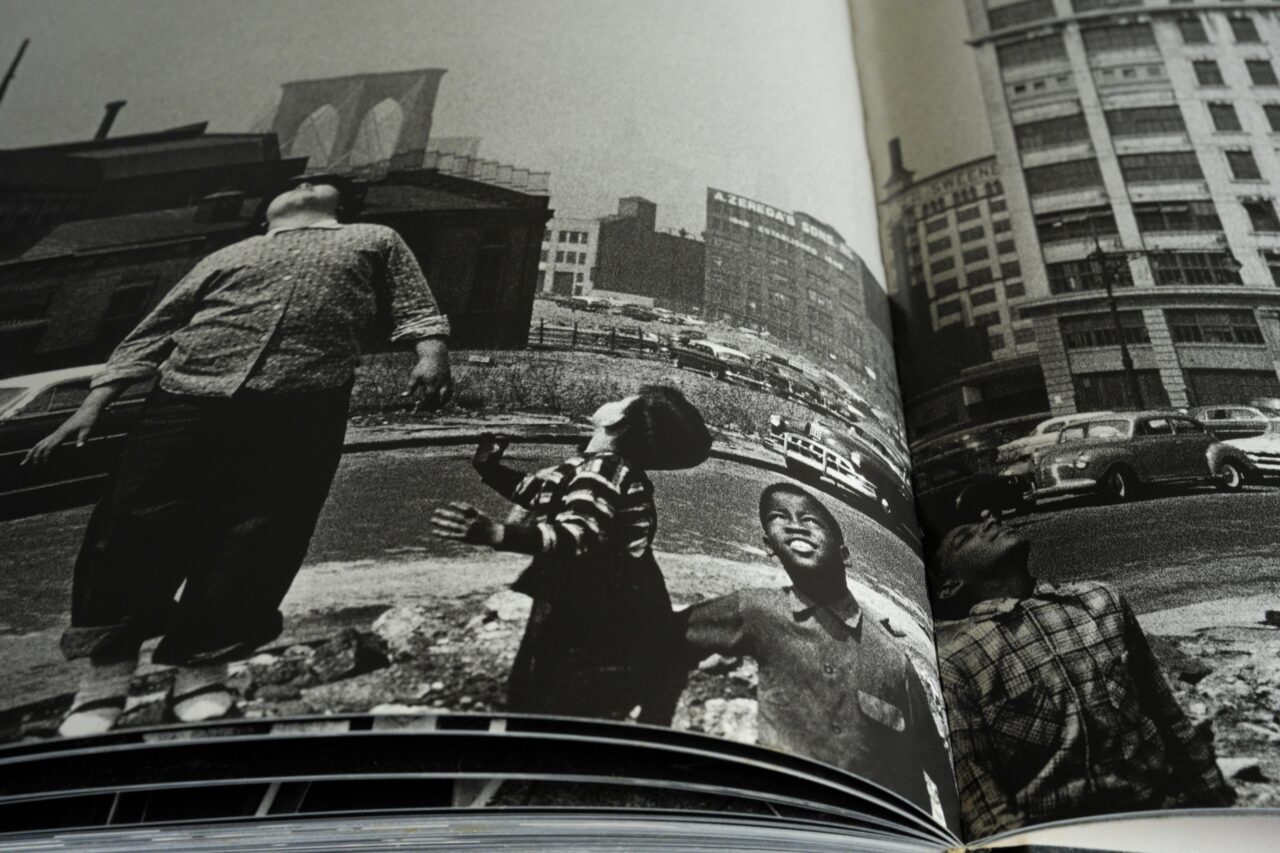
尚盧高達、三宅一生、中島英樹、伊莉莎白、一行禪師。這是奇怪的一年。一些名字被提起,被忘記,然後另一個名字又被提起。像一個神秘的點名儀式。
四年前,我在電影院看尚盧高達《影像之書》。高達的沙喉聲說:「手有五隻手指頭,五個感知。」電影海報是施洗約翰的手。在黑暗中,指著上方。
那時開始我留意手。山本耀司拿著剪刀的手、海明威敲著打字機的手,莫迪利亞尼鑿刻石頭的手。相比臉,手更貼近他們的真實形象。
我又想起按快門的手,拉過片桿的手,威廉克萊茵的手。
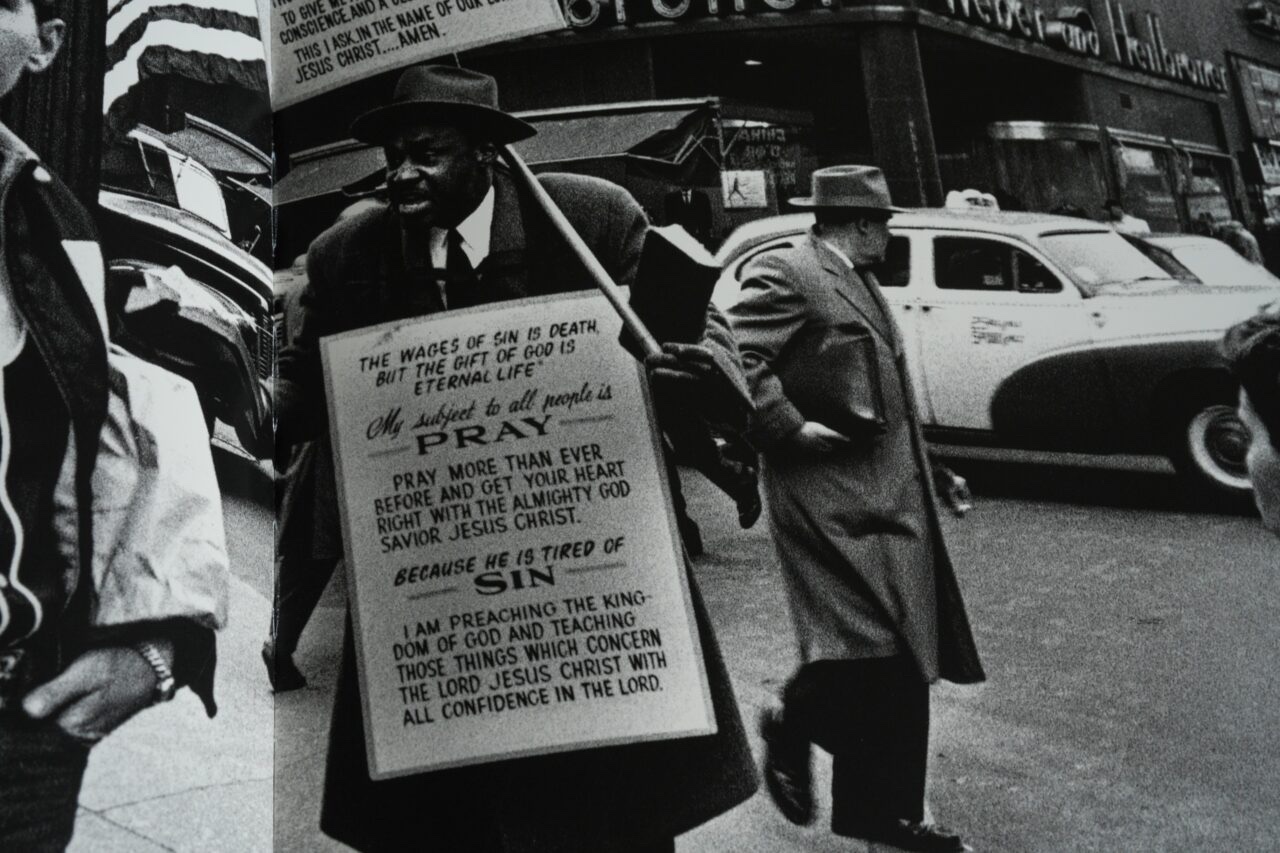
「我拍下我眼前的東西。」威廉克萊茵說:「我走近,我看得更清楚,我用廣角鏡頭攝下一切。」
Life is Good and Good for you in New York,他的第一本攝影集。紐約,一九五六。粗糙、污穢、彷如迷宮。他走近,攝下切面,右手拇指拉下過片桿,下一張底片。他的照片,有一種將時間不修飾地撕下來的氛圍。看著鏡頭的人嘴巴微張、眼睛睜大,彷彿受驚的動物。沒有人見過如此混沌的紐約。
當時,沒有美國出版社願意出版這本書。每個人都說:「Ech!這根本不是紐約。太醜,太不堪入目,太片面了。」甚至有人評論:「如此粗俗的書,根本不應該出版。這是對攝影書神聖傳統的褻瀆。」
在紐約生活是好的,並且對你有益。
如果你閉上眼睛,不去看。
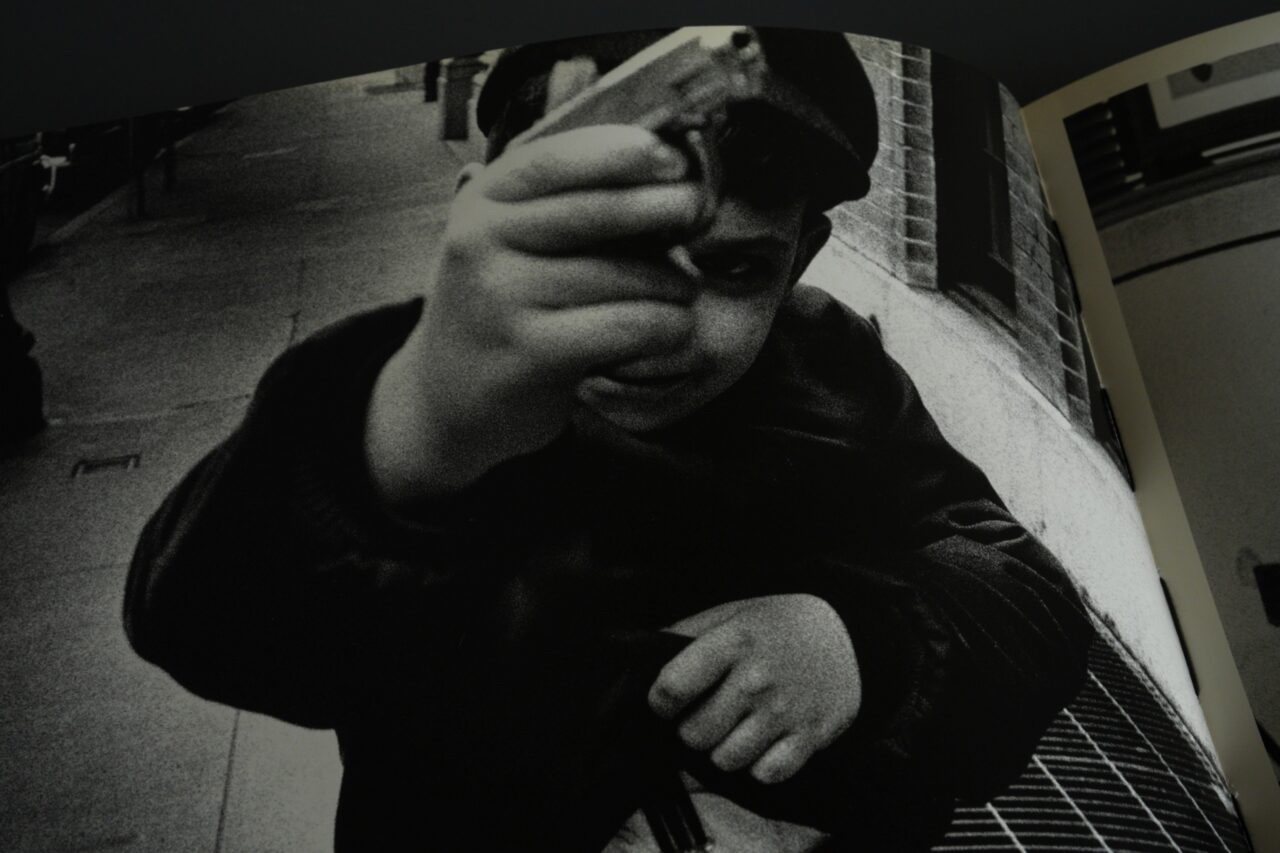
紐約出生的威廉克萊因,回美國前曾在巴黎讀藝術攝影,也曾在米蘭工作。在米蘭,他為建築雜誌《domus》拍了一輯抽象的建築照片,引起了美國Vogue藝術總監Alexander Liberman的注意,認為他的風格很適合雜誌,在光滑的glossy paper上會很好看。
因此威廉克萊因回到美國,在街頭拍了一輯美麗的時裝照片。穿華服的模特兒在城市的幾何線條中,既突兀又沒有違和,呈現了城市生活的矛盾感。沒有人是完全屬於自己的。城市人一邊突出自己的性格,一邊將自己交給自己以外的無機事物。
威廉克萊因得到這份他將延續十年的時裝雜誌的工作,用以資助自己的計劃。他拍下了他所認識的紐約,不以構圖美學妝扮的畫面。他睜開眼睛,看見幾近殘酷的真實。
威廉克萊因將Life is Good and Good for you in New York帶到巴黎,在電影製作人Chris Maker(La Jetée的導演)的幫助下,才於法國出版,同年得獎。Prix Nadar年度最佳攝影書。
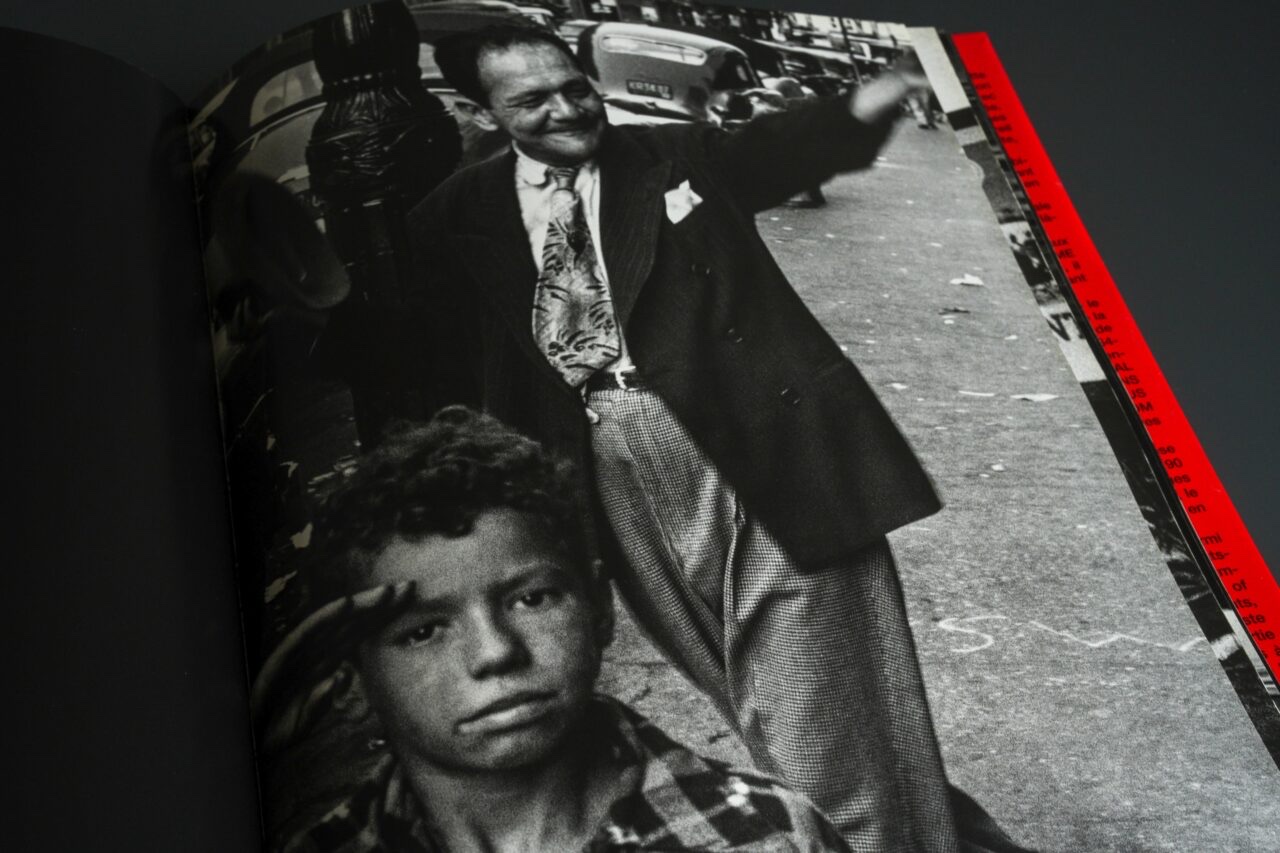
《紐約》以後,《羅馬》、《莫斯科》、《東京》的城市四部作陸續出版。威廉克萊因的紐約常被用來與羅拔法蘭克的《美國人》比較。普遍的評價是羅拔法蘭克的作品更冷靜,更具洞察力。威廉克萊因的作品更粗糙,更暴露,更私人。
無論在紐約、羅馬、莫斯科,還是東京,都能夠從照片中感受到威廉克萊因的在場,以及那種曝光的瞬間。就如他那張在紐約拍下的名作。一個男孩拿著槍,指向鏡頭。保留了那種異樣的不安,那種向視網膜衝來的動能。
那是一種屬於廿十世紀六十年代的,令人懷念的熾熱氛圍。
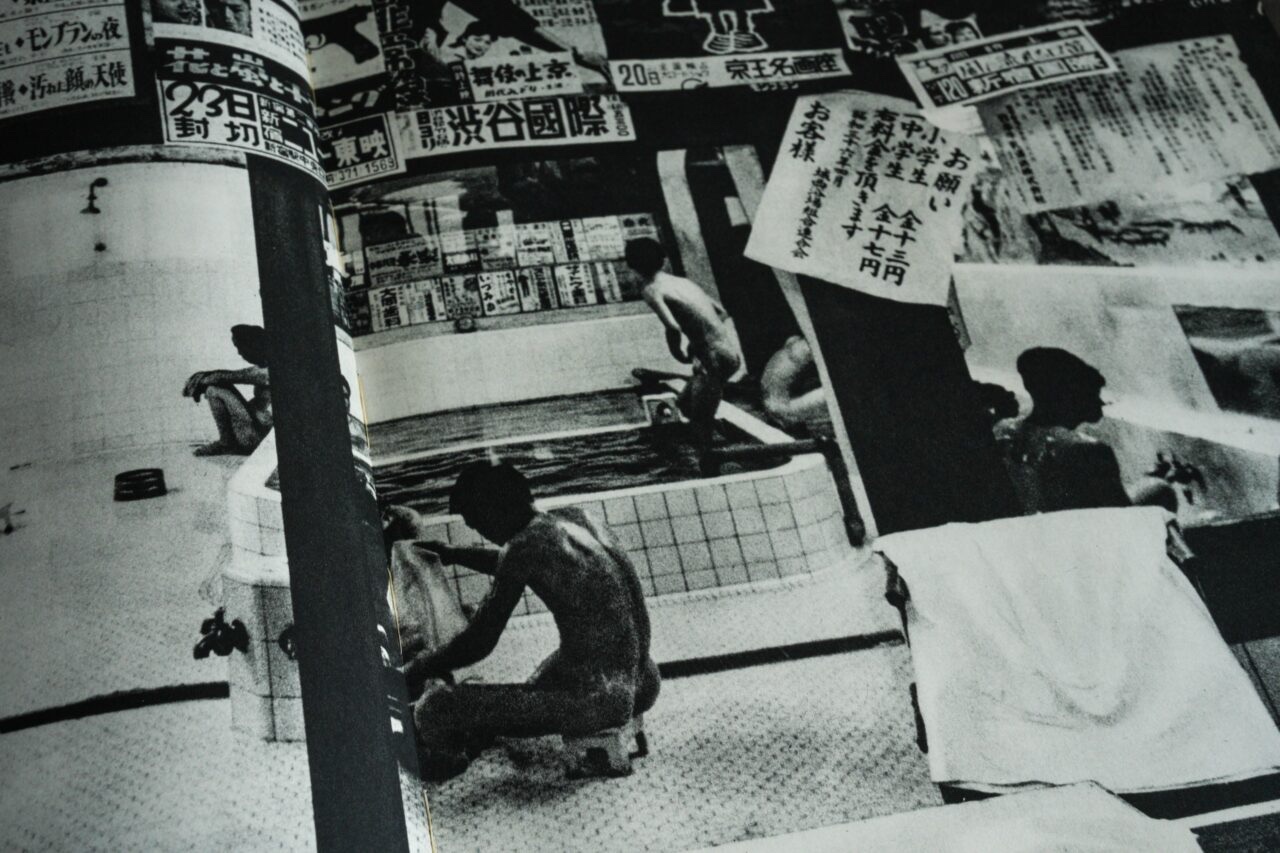
從窗望出外邊,是啟德發展區。四台起重吊臂在建築工地上緩慢移動,就像未來的遠古遺跡。
不知道為什麼,有一種感覺,在街道上行走的人,並不真的完全存在。現實好像逐漸被遺棄了似的,不再有特別事情發生。
威廉克萊茵,街頭攝影師之父,二零二二年九月十日歿。
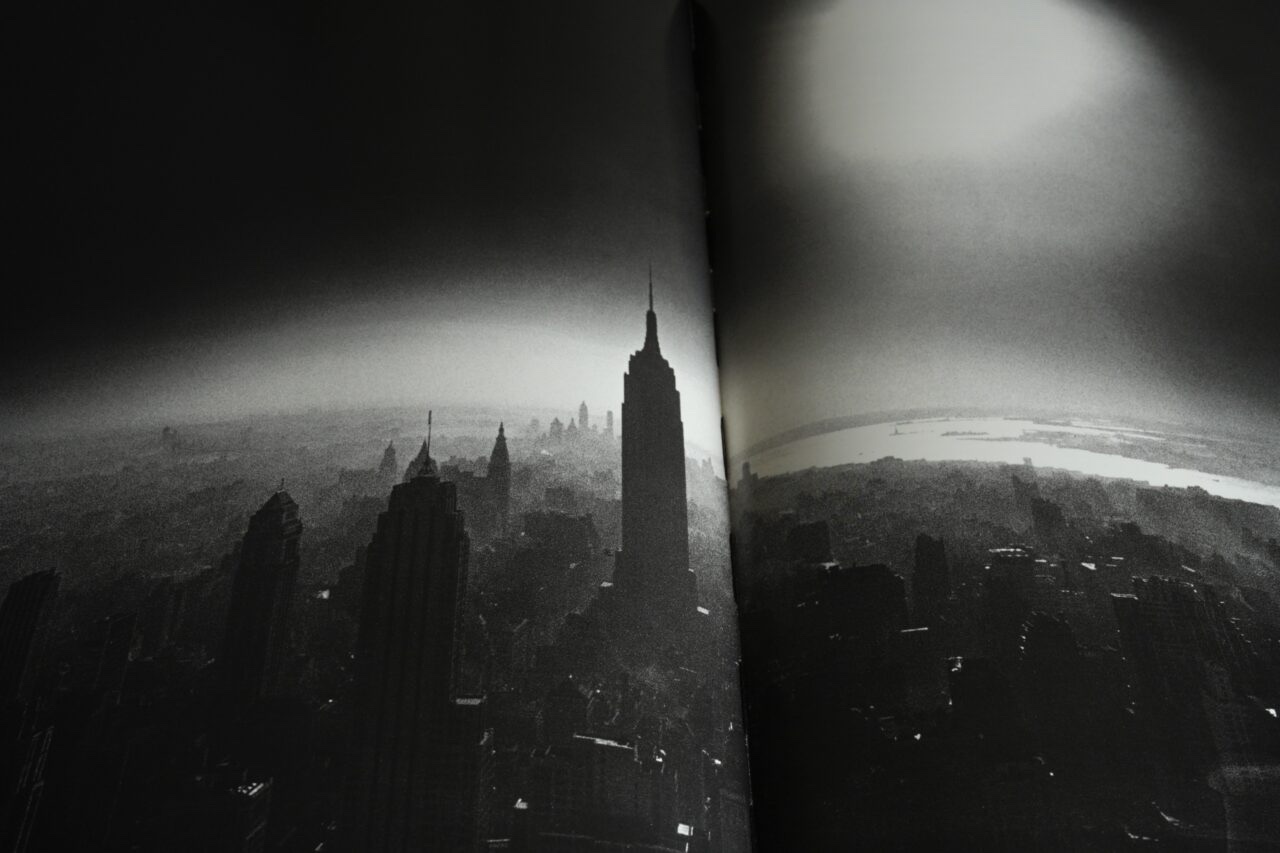
Jean-Luc Godard, Issey Miyake, Hideki Nakajima, Queen Elizabeth, Thich Nhat Hanh. It’s been a strange year. A name was brought up, then forgotten; and then another name was brought up. Like a mysterious roll call.
Four years ago, I was in the cinema watching The Image Book by Jean-Luc Godard. “Five fingers, five senses,” Godard says in a snarky voice. The movie poster shows the hand of St. John The Baptist — against a dark background, his right hand pointing up toward heaven.
That’s when I started paying attention to hands. Yohji Yamamoto’s hands with a pair of scissors, Hemingway’s hands on a typewriter, and Modigliani’s hands while stone carving. Even when compared to faces, hands can better reflect one’s true self.
And I think of the hands on the shutter button, the hands on the film advance lever, and the hands of William Klein.
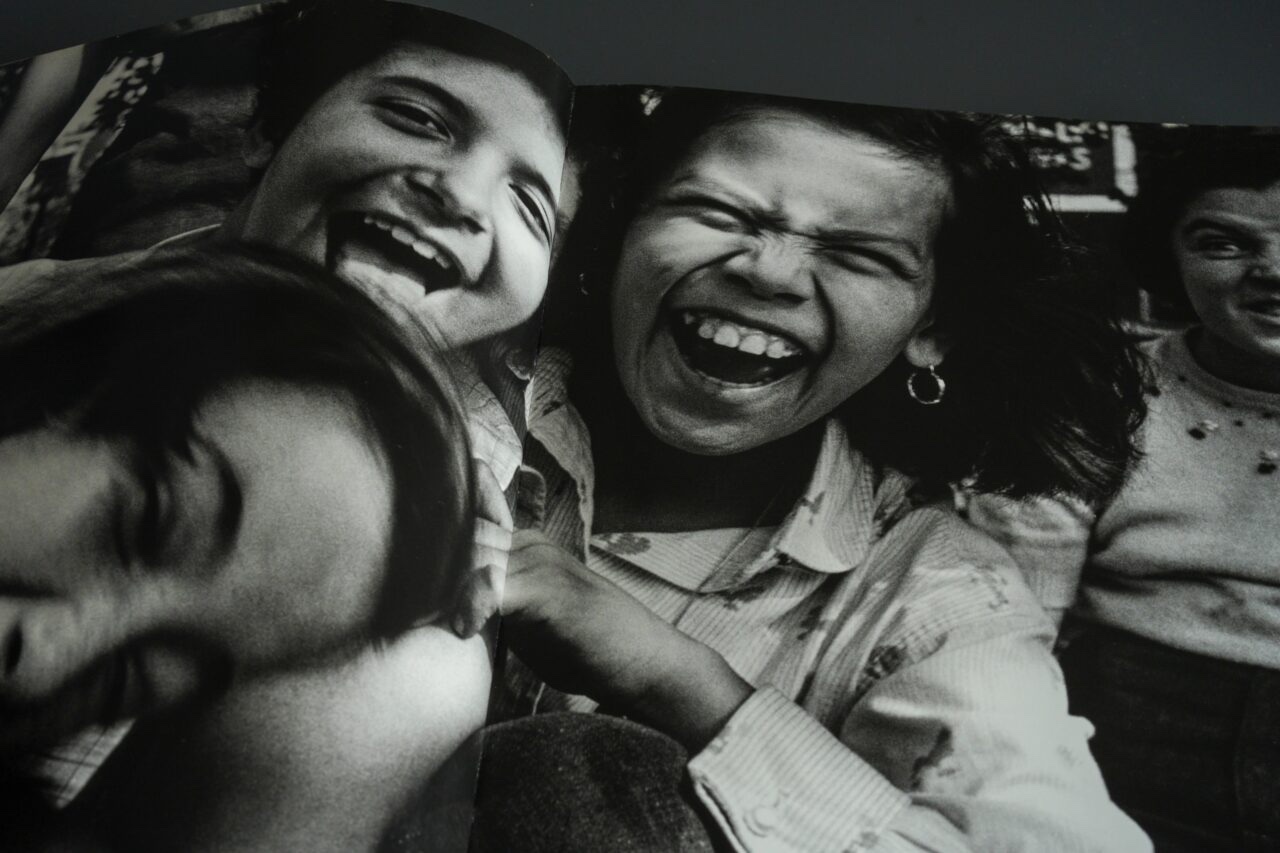
“I photograph what I see in front of me. I move in close to see better and use a wide-angle lens to get as much as possible in the frame,” says Klein.
Life is Good & Good for You in New York is Klein’s first photobook. New York in 1956; rough, dirty, labyrinthine. He moved in close, took a shot, stroked the lever with his right thumb to advance to the next film. His photos are an honest documentation of time and space, and the people captured can be seen wide-eyed, mouths slightly opened, like startled animals. No one has ever seen such a chaotic side of New York.
At the time, no American publishing house wanted to publish the book. Almost everyone commented, “Ech! This is not New York at all. Too ugly, too unbearable, too one-sided.” Some even said, “No one should ever publish such a vulgar book. This is a disgrace to photobooks.”
Life is good and good for you in New York.
Only if you close your eyes and don’t look at it.
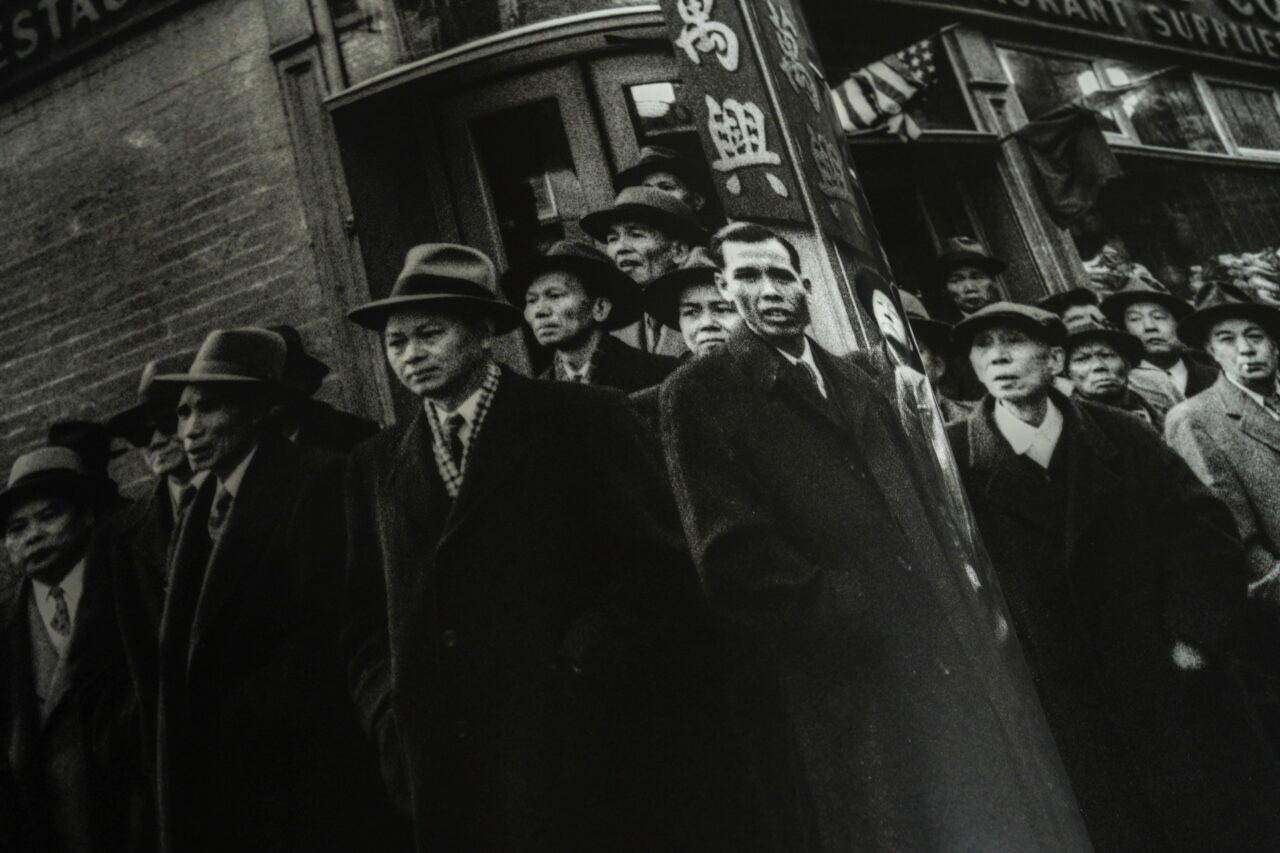
Born in New York, Klein studied the arts in Paris and worked in Milan before returning to the States. In Milan, he took a series of abstract architectural photographs for the magazine, Domus, which caught the attention of Alexander Liberman, Art Director at Vogue. Klein’s photographs would have a perverse beauty in the glossy magazine, Liberman believed.
Klein returned to the States and made a street shot for the magazine. Models in elegant attires posed amidst the city’s stunning geometries. Absurd and ambivalent, yet without a sense of incongruence. No one lives in a vacuum; while striving to stand out from the crowd, city dwellers also rely on the company of the outside world in order to thrive.
The decade-long photography contract with Vogue allowed Klein to fund his own projects. He photographed New York as he knew it, without the pretense of compositional aesthetics. His photos revealed the brutal and gritty reality.
Klein brought his photographs of New York to Paris and eventually had them published under the title, Life is Good & Good for You in New York, with the help of filmmaker Chris Maker, director of La Jetée. In the same year, the book was honored as Prix Nadar’s best photobook of the year.
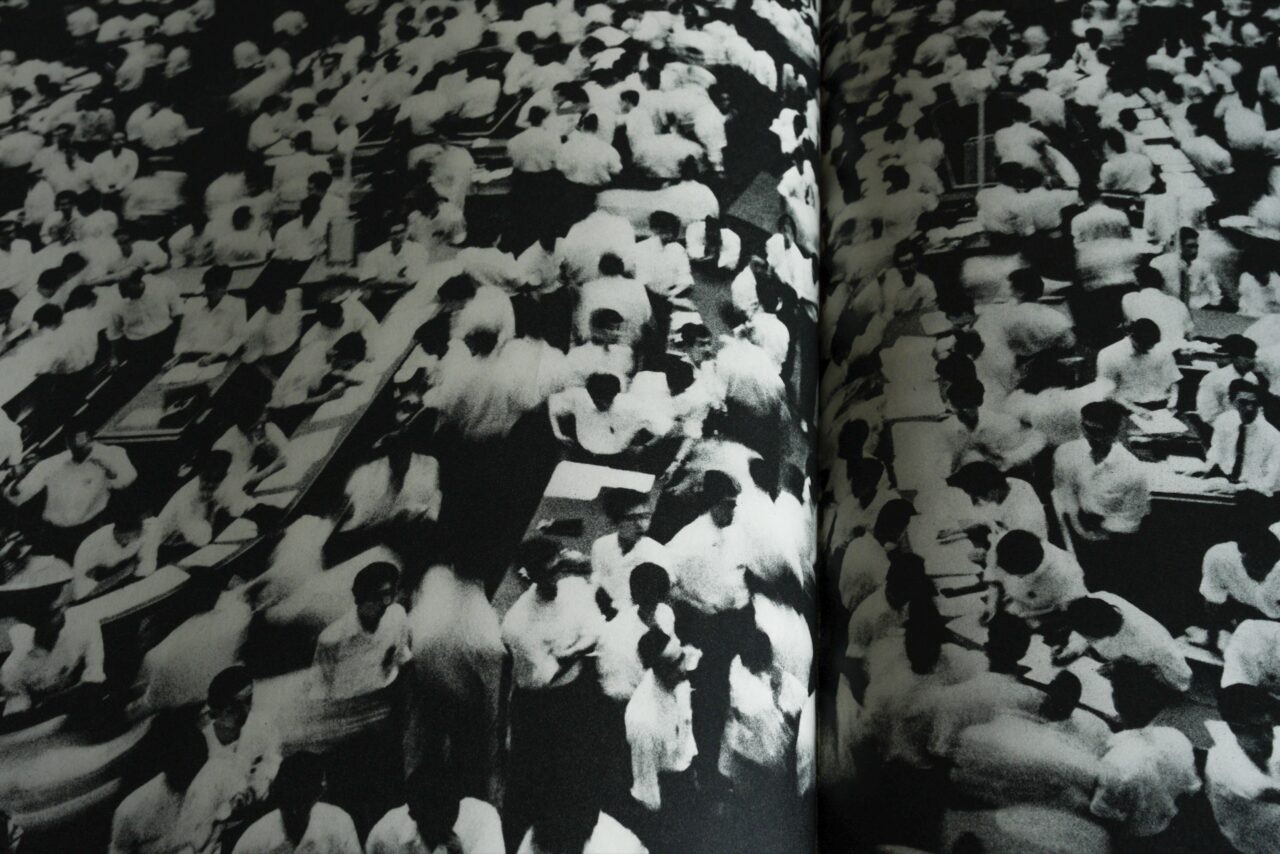
After the first one on New York, Klein subsequently published a series of photo essays on Rome, Moscow, and Tokyo. The one on New York is often compared to Robert Frank’s The Americans. Frank’s work is usually considered calm and insightful, while Klein’s is rough, vulgar, and personal.
Whether in New York, Rome, Moscow, or Tokyo, Klein’s presence in his pictures is clear, and one can always feel a sense of spontaneity and immediacy in his work. The masterpiece that was taken in New York with a boy aiming a toy gun at the camera captures the absurdity and discomfort of life at a pivotal moment
It is a vibrancy that is unique to the 1960s.
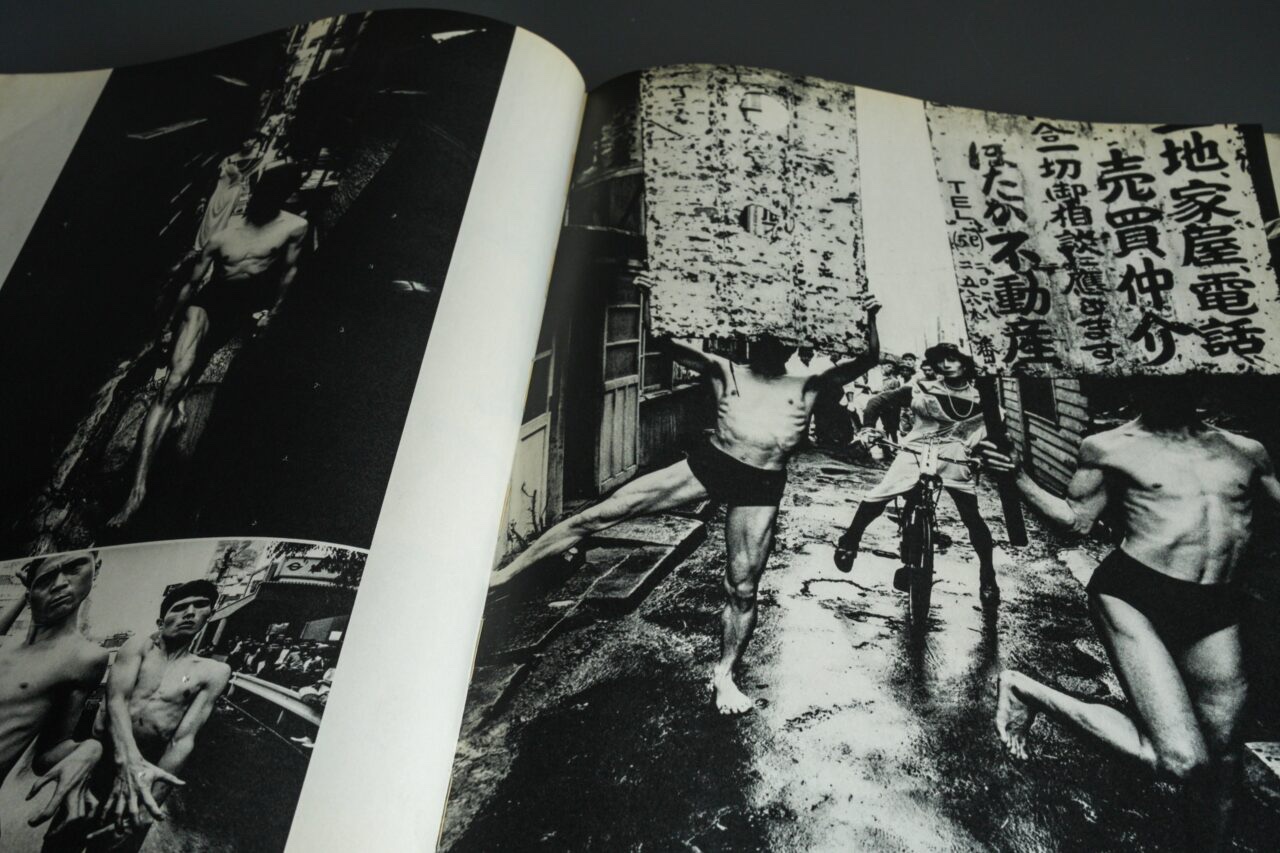
Outside the window is the Kai Tak Development Area. Four cranes move slowly in the air across the construction site, like ancient ruins from the future.
For some reason, people walking down the street don’t seem to be real at all. The sense of reality is slowly drifting away, and nothing special is happening anymore.
William Klein, father of street photography, rested in eternal peace on 10 September 2022.
